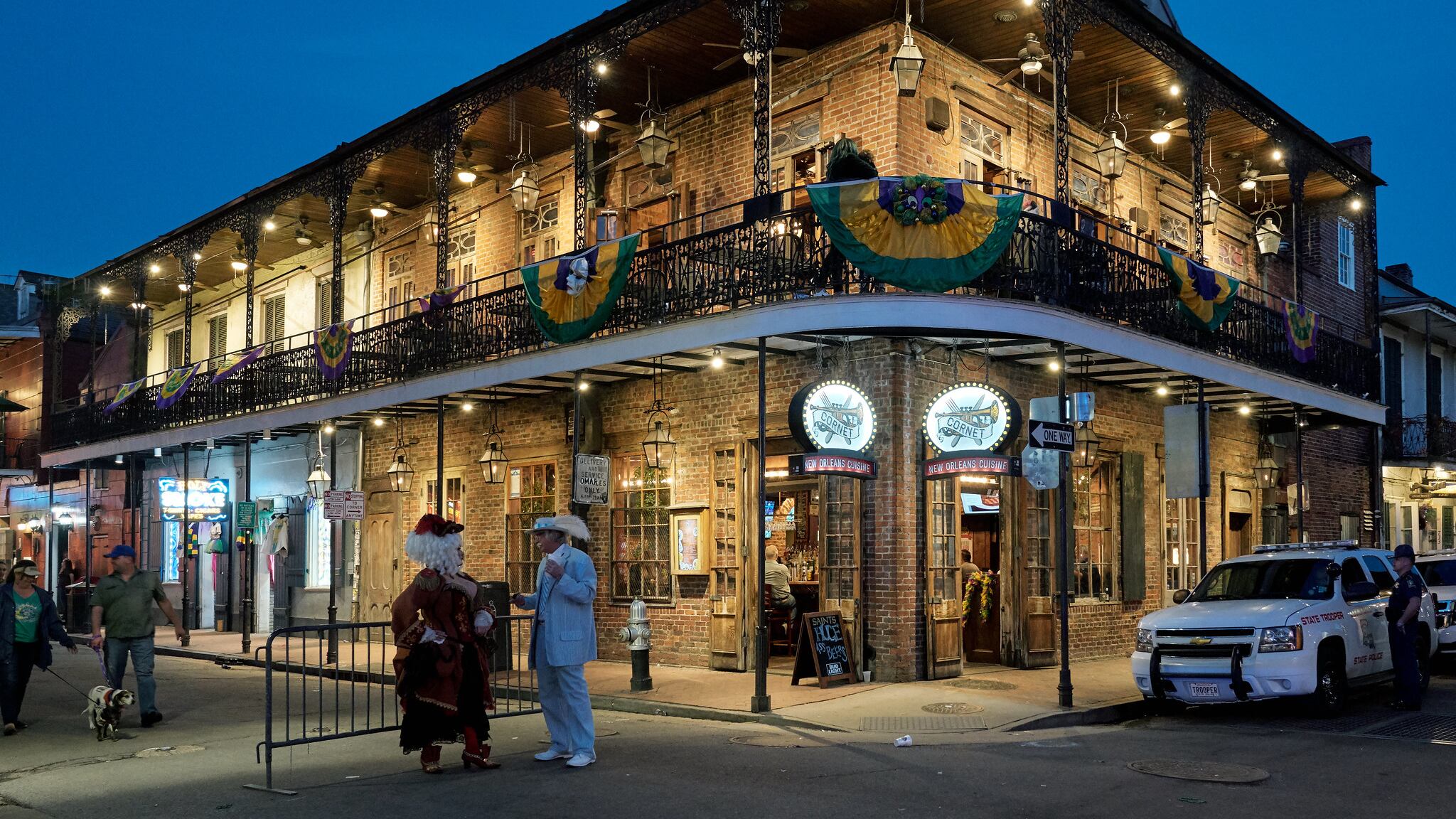Earlier this month, The Times-Picayune, a New Orleans newspaper owned by Advance Local Media, the same company that owns The Oregonian, was sold to a rival newspaper.
The sale, reported by The New York Times, marks a notable hitch in Advance Local Media's aggressive plan to move its publications, including The Oregonian, out of print and onto the web. Advance Publications also owns Condé Nast—publisher of Vanity Fair, Vogue and The New Yorker—and the discussion forum Reddit.
In 2012, The Times-Picayune's owners, the Newhouse family, announced that the company was moving to a "digital-first" format and would cut the paper's print publication back from seven days a week to three. With the shift, around a third of the paper's staff was laid off.
The move sparked outcry from New Orleans residents who followed the paper's diligent reporting post-Hurricane Katrina. The Advocate, a longtime Baton Rouge publication, moved into New Orleans to fill the daily newspaper void in The Times-Picayune's wake, sparking a drawn-out rivalry between the two publications.
And on May 2, The Advocate purchased the 182-year-old Times-Picayune. The merger substantially decreased the number of reporters in New Orleans.
"What The Advocate had bought, for an undisclosed amount," the Times wrote, "was the brand, the site, the archives, the subscriber list—not the employees."
The Newhouse digital strategy was also deployed at The Oregonian in 2013—with a layoff 100 of 650 employees and institution of a new digital strategy that included web quotas and incentive pay for viral stories.
Last year, Advance Publications floated the possibility of a paywall on the Oregonian's website as a way to charge non-print subscribers for digital content. The paper appears not to have moved forward with the plan.
In January, Poynter found that print circulation had collapsed at Advance's papers. "Nearly all had lost half or more of their paid print daily and Sunday over the last six years," Poynter wrote. "Advance's Oregonian in Portland did worse than that — down to about a third of its earlier daily total, a little better on Sundays."
But it also noted huge gains for Advance newspapers in unique website visits and video views—and big savings from reduced print and circulation costs.
One major distinction between what happened in New Orleans and what's unfolding in Portland: No deep-pocketed rival has stepped up to challenge The Oregonian in a newspaper war. (The Portland Tribune did increase its print days from one to two.)
Therese Bottomly, The Oregonian's editor, declined to comment to WW on Advance strategies at The Oregonian and elsewhere.
Read the New York Times full story on the saga of The Times-Picayune here.

